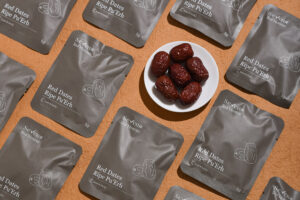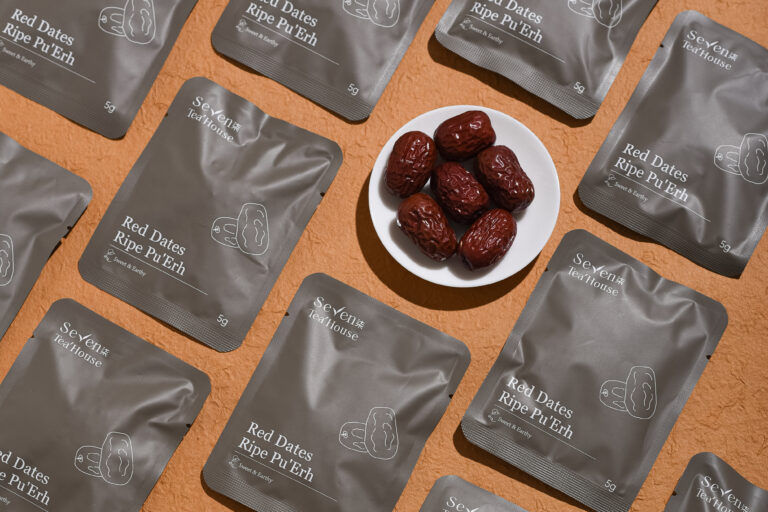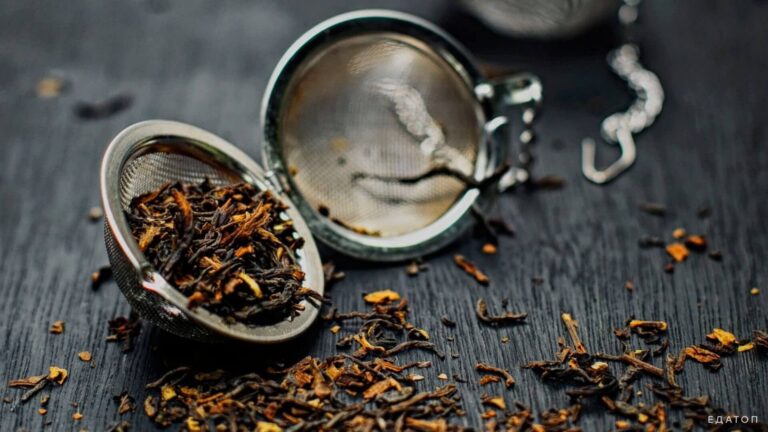
Receive Free Standard Shipping on orders over $49

Menu
Close
Receive Free Standard Shipping on orders over $49


Tea has been an essential part of human culture for thousands of years, with countless varieties and flavors to discover. Oolong tea, a partially fermented tea, holds a unique place among these varieties, with its intricate crafting process and diverse range of flavors. This article will take you on a journey to explore the fascinating world of oolong tea, delving into its history, production, and the many nuances that make it a sought-after beverage among tea enthusiasts.
The Origins of Oolong Tea:
Oolong tea originated in the Fujian province of China, with a history that can be traced back to the Ming Dynasty. The term “oolong” translates to “black dragon” in Chinese, possibly referring to the dark, twisted appearance of the tea leaves. Over time, the production of oolong tea has expanded to other regions, including Taiwan, where it has become a significant part of the local tea culture.
The Art of Crafting Oolong Tea:
Crafting oolong tea is a delicate and intricate process that requires skill, precision, and the keen intuition of a tea master. The production of oolong tea involves several steps, each of which contributes to the final taste, aroma, and appearance of the tea:
Enjoying Oolong Tea:
Oolong tea is best enjoyed through multiple infusions, with each subsequent infusion revealing new layers of flavor. To brew oolong tea, steep the leaves in hot water for a short period, adjusting the temperature and steeping time according to your taste preferences. As you savor the complexities of oolong tea, you’ll begin to appreciate the artistry and skill that goes into crafting this exquisite beverage.


Connected To Goodness.
Phone: +1(571) 510-3351
Email: information@seventeahouse.com
Location: 1607 Village Market Blvd SE Leesburg, VA 20175
Operation Hours:
Mon – Fri : 10 am – 8 pm
Sat & Sun: 9 am – 9 pm